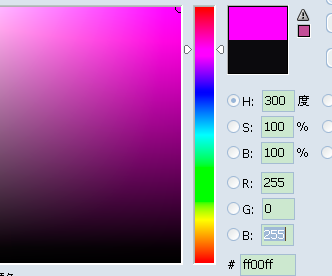

HSV value (or HSB Brightness) of color is 1 and HSV saturation: 1. The easiest method for calculating a wildcard mask is to subtract the network subnet mask from 255.255.255.255, as shown for /24 and /26 subnet masks in the figure. WatchGuard and the WatchGuard logo are registered trademarks or trademarks of WatchGuard Technologies in the United States and/or other countries. HSL color Cylindrical-coordinate representation of color FF0000: hue angle of 0º degrees, saturation: 1, lightness: 0.5. Prefixġ IPv6 subnet with up to 18,446,744,073,709,551,616 IPv6 host addressesĪ network site that is assigned a /48 prefix can use prefixes in the range /49 to /64 to define valid subnets. This table shows common IPv6 network prefixes and the number of IPv6 subnets and IPv6 addresses they support. The CIDR notation works exactly the same as with IPv4, which means if you have a /48, that means the first 48 bits of the address are the prefix.

The prefix is expressed as a slash (/) followed by the prefix size, which is a decimal number between 1 and 128. This will make one big range with 65534 IP addresses (that's 256 256 - 2 IP addresses 192.168.255.255 is the broadcast address and 192.168.0.0 is the network address both of which can't be assigned to devices on the network). To indicate what IP addresses should be permitted or denied in access control lists. In the Cisco IOS,1 they are used in several places, for example: To indicate the size of a network or subnet for some routing protocols, such as OSPF. In IPv6, slash notation is used to represent the network identifier prefix for an IPv6 network. Takes an IP address and shows every possible subnet available that includes the IP. A wildcard mask is a mask of bits that indicates which parts of an IP address are available for examination. This table shows common network masks and their equivalents in slash notation.

Convert the decimal representation of the subnet mask to a binary representation.When you use slash notation, you write the IP address, a forward slash (/), and the subnet mask number. Slash notation is a compact way to show or write an IPv4 subnet mask. You use slash notation differently for IPv4 and IPv6 addresses. Yes, CIDR is the modern way, and Classes are obsolete, but the IETF documentation is the agreed reference for network implementations, and these addresses are defined there.Your Firebox uses slash notation, also known as CIDR (Classless Inter-Domain Routing) notation, for many purposes, such as policy configuration. Therefore, the only valid broadcast address present in the list is in answer (d). As of answer (b), RFC 5771 explicitly states that the network 224.1.0.0/16 is "RESERVED" and its broadcast address is then 224.1.255.255, so (c) is also wrong. Answer (d) is in fact the broadcast address of the network 172.30.0.0/16, always taking as basis the document RFC 1918. Following that definition, answers (a) and (b) cannot be broadcast addresses, because for (a) should be 10.255.255.255 and for (b) should be 192.168.255.255. In particular, RFC 1918 states that the network 10.0.0.0/8 is a single number, 172.16.0.0/12 are 16 contiguous class B (/16) network numbers, and 192.168.0.0/16 are 256 class C (/24) network numbers. The address shown are defined in RFCs 19 as reserved addresses for specific use: a.


 0 kommentar(er)
0 kommentar(er)
